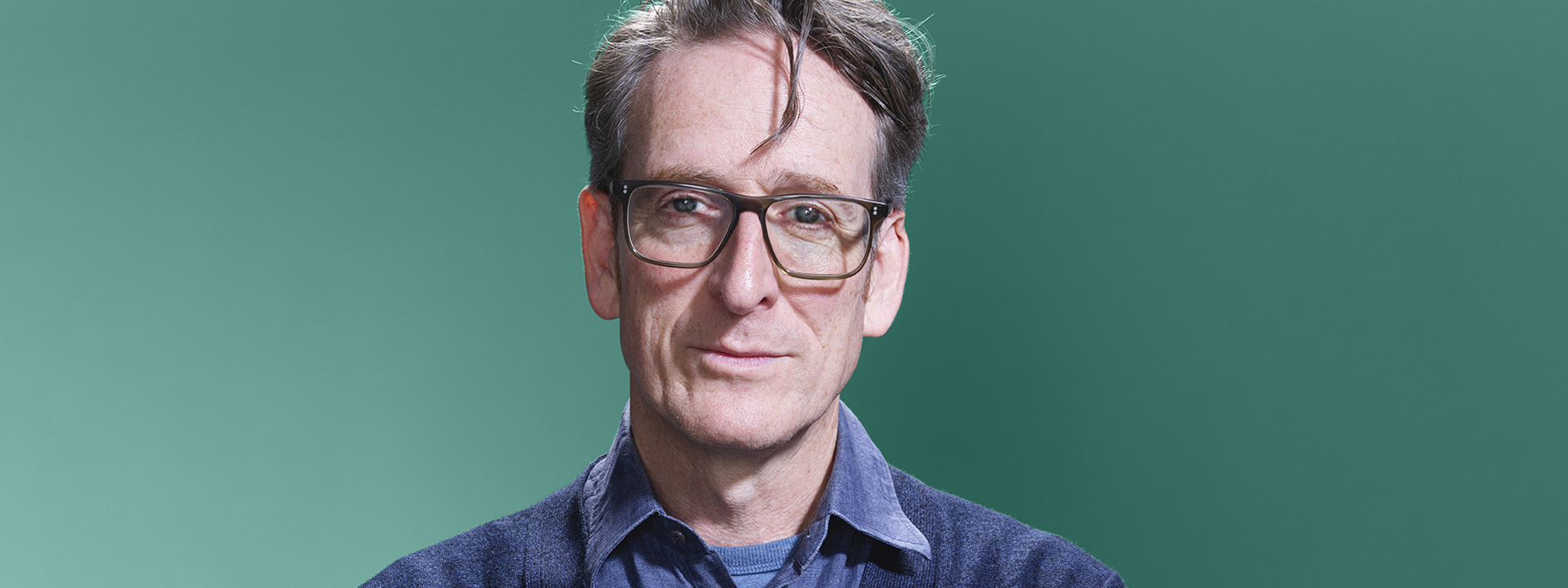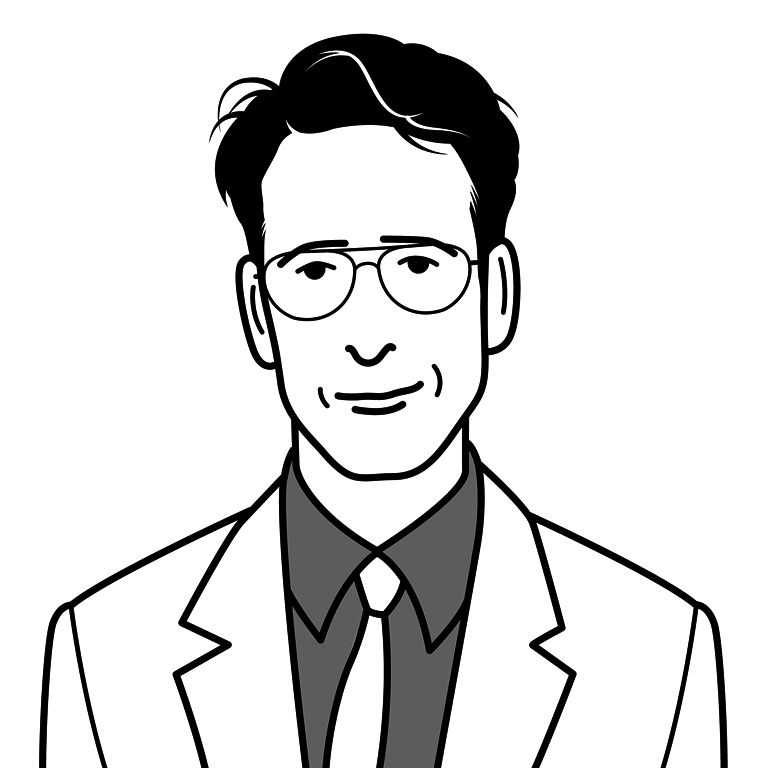Charles Vallance in Campaign “The Longer and The Shorter Of It”
news
Agency News
Published by
Charles Vallance
Date
21/10/2024
Since the launch of the iPhone we have seen a staggering proliferation of media formats, channels and platforms.
There have been many casualties along the way, and many successes. But it now feels like we are at a new stage of the journey, that we have entered what the Gartner Hype Cycle would define as the Plateau of Productivity.
Complexity, novelty and the unknown have stabilised into a much clearer understanding of what the new media channels offer, and also what they don't offer. Myths have been busted (eg 'viral' fame comes free), inconvenient truths exposed (eg the fallacy of last-click attribution) and new cases for old media such as TV and posters have emerged.
I'm not suggesting that things are as straightforward as the 1980's media menu of print, poster, radio and TV. There are now around 15 serious channels to factor into your media investment thinking. But these channels are much more proven, more accountable and more credible than they were in their formative years.
That's one of the reasons it helps to think not so much in terms of your media plan, but in terms of your media stack.
There is an abundance of evidence to suggest that (up to high single figures), the more channels you use, the greater your additional payback (between +35% and +65% according to Analytic Partners and IPA ARC respectively). Getting the stack right, optimising the allocation of resource across a millefeuille of media options, has become the foundation stone of your marketing budget's success.
Astute media judgement is consequently more at a premium than ever. But the implications of the new media millefeuille go far beyond media planning, because they also shape creative output.
A different media reality has produced a different creative reality, and this is something that the industry must recognise and run towards. Not simply because this is how we will remain competitive, but also because this is how we will continue to set the creative agenda.
The brilliant econometrician Dr Grace Kite uses a vivid simile to describe brand building in the multi-layered, multi-format, multi-channel future; "Great acts of brand building will have to be like plans sketched out on a million Post-its on the meeting room wall. They'll have to be made up of lots of little things."
Executional cohesion, singularity, and recognisability will become ever more important. Getting the media stack right and balancing both short and long-form content are now the foundations of success in a complex but stabilising media landscape. Charles Vallance, Chairman and Founding Partner, VCCP
With some trepidation, I'd offer two builds to Dr Kite's analysis. Firstly, I'd suggest that although the future of brand-building will certainly be impressionistic, it won't quite be made up of "lots of little things". It will be made up of lots of little versions of the same thing. Multiplicity of format won't be matched by fragmentation of execution.
In fact, executional cohesion, singularity and recognisability will become ever more important. Without the heraldic shorthand of elite branding - the three stripes, the golden arches, the glass and a half, the five point coronet, the meerkat, the Spencerian script, the coral pink, the blue and bubbles, the polo player - without these unifying assets, your media millefeuille will break apart. It will blow away like a dusting of icing sugar in a breezy kitchen. Insubstantial, untethered, unnoticed, fleeting and forgotten. No wonder the IPA has recently unveiled a new measure of effectiveness, the Creativity Consistency Score (CCS) to highlight the immense benefits of compound creativity.
My second build to Dr Kite's analysis would be to add one final layer to the millefeuille. And, unlike the others, this is far from compressed or condensed into short time lengths. Because we now live in a golden age for long form branded content. This may take the shape of online programming such as O2 Inside Line or Compare the Market's Meerchat series, or it may be built into the behavioural design of a reward scheme such as Vitality's.
The point is that our media options have polarised. We now have either less time or more time to engage with our audiences. Streaming media platforms combined with digital ecosytems allow brands a whole new level of sustained engagement. Provided that our branded content delivers the right level of entertainment and/or utility, people will come to us as much as we need to go to them.
This isn't to say that long form branded content will displace paid for or earned media. Nevertheless, as brands increasingly realise their potential as media owners, we will see a corresponding rise in the importance of editorial strategy and long form output. Which, paradoxically, means that we need to plan for a future where brand interactions will be both shorter and longer.


